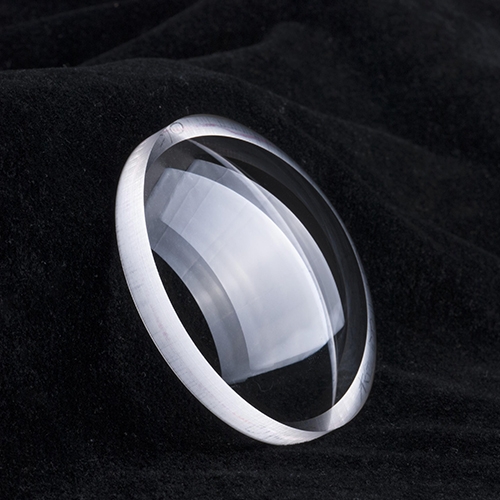Enterprise name:Huaian Dong Sheng Photoelectric Instrument Co., Ltd.
Contact: Wang Li
Telephone:0517-83852182
Mobile phone:15252390568
Mailbox:976723966@qq.com
Fax:
Address: No. 9, Haikou Road, Huaian economic and technological development area.
Website:www.zgdsgd.cn

What are the factors of the low light coefficient of the telescope and the influence of the weak light?
If the coefficient is a numeric value. The method of calculation is to multiplied the magnification of the telescope by the aperture of the objective lens, and then open, for example, 8x32=256, 256=16.0, 8x58=464 after the opening, and 464=21.54 after opening. If the telescope has a higher weak light value, it can also have better identification ability when the light is dim. The weak light coefficient can be calculated in a mathematical way, but in fact it will still be different. Other factors can affect the effect of low light.
-- the light that the objective lens can actually capture (related to the diameter and coating of the objective lens).
- optical system (objective lens, prism, eyepiece) can penetrate light (penetration rate is between 92-96% - which is closely related to the quality of coating).
- all visible wavelengths can be passed through (which is related to the level of color and the accuracy of color).
- the pupil diameter of the eye (which is related to the intensity of the pupil's pupil's brightness) which has a great Guan Lian effect on the image's brightness. On the basis of normal eyes, the size of the pupil varies with age. The pupil of the 21 year old has a maximum pupil of about 7mm, which decreases to 4mm or smaller with age.
The theory is that the larger the low light level is, the higher the luminous flux of the telescope. In fact, there are many other factors that affect the brightness of telescopes, such as coating, prism, optical design.